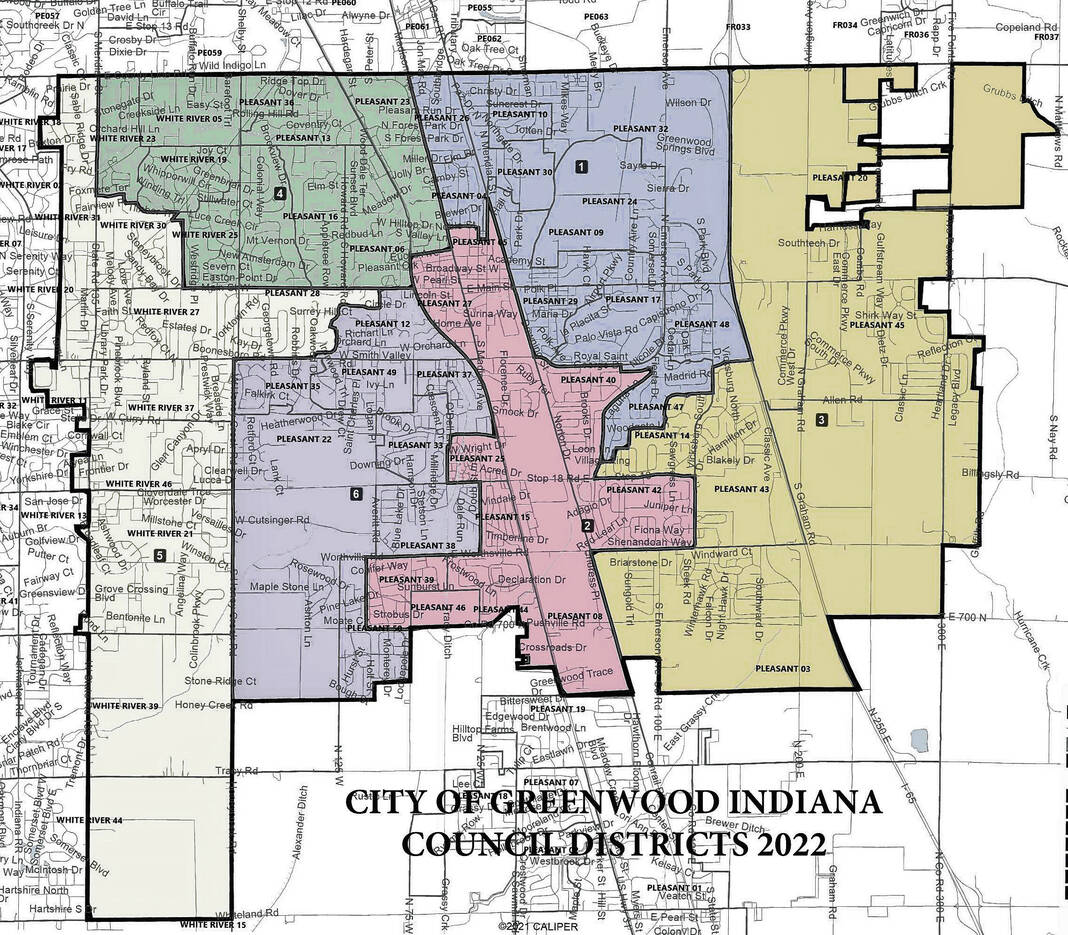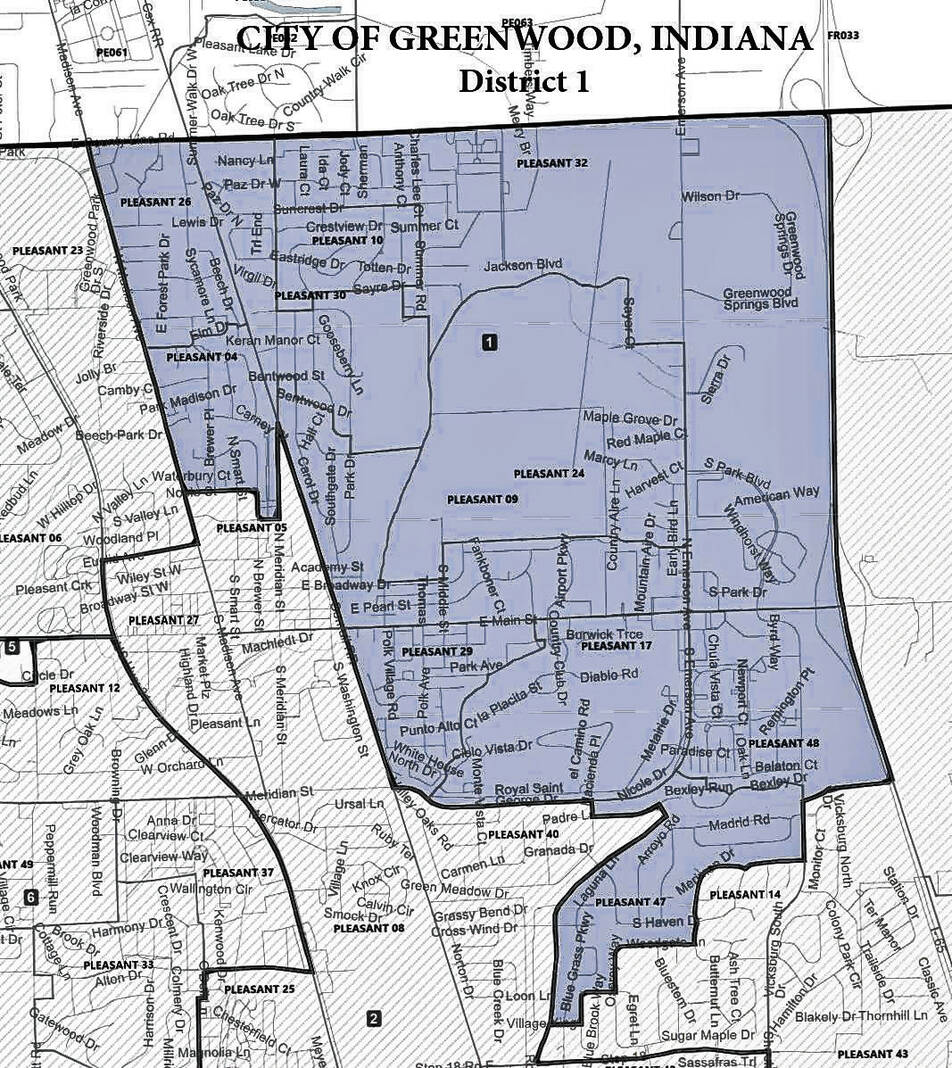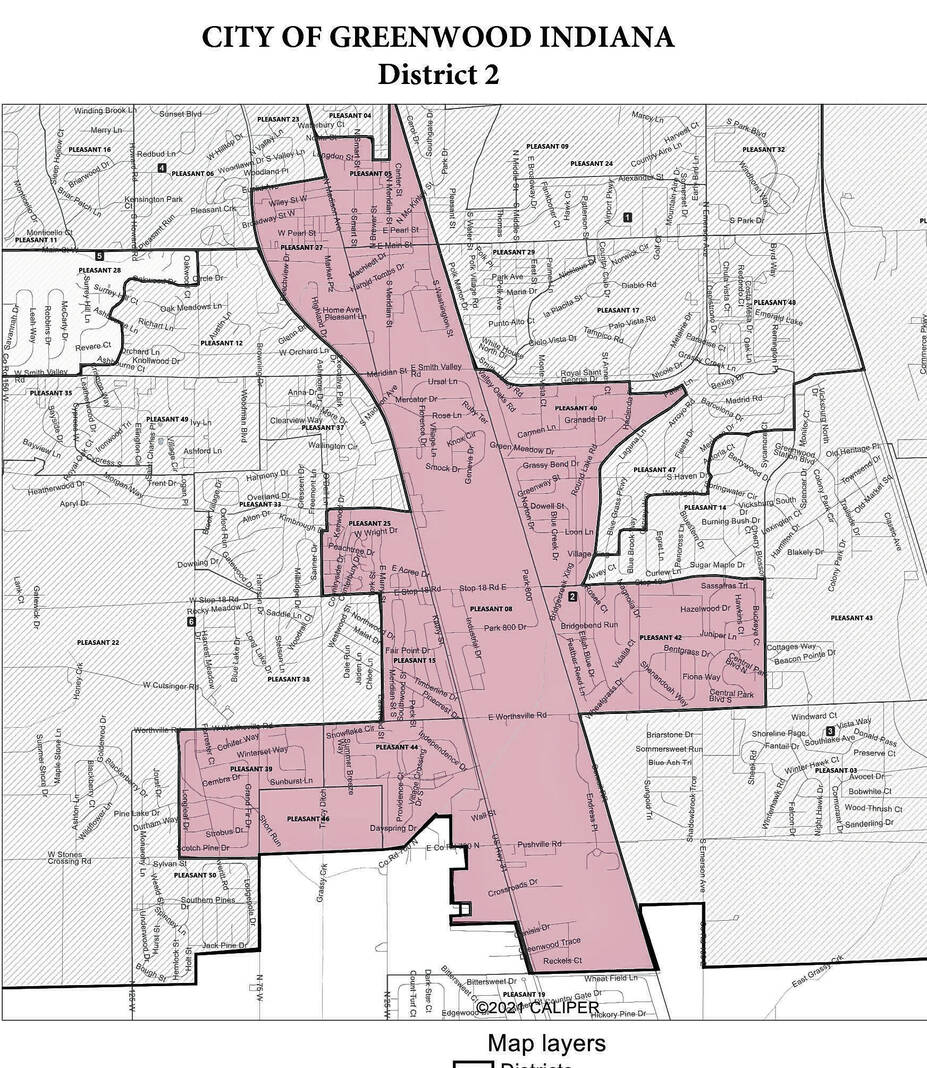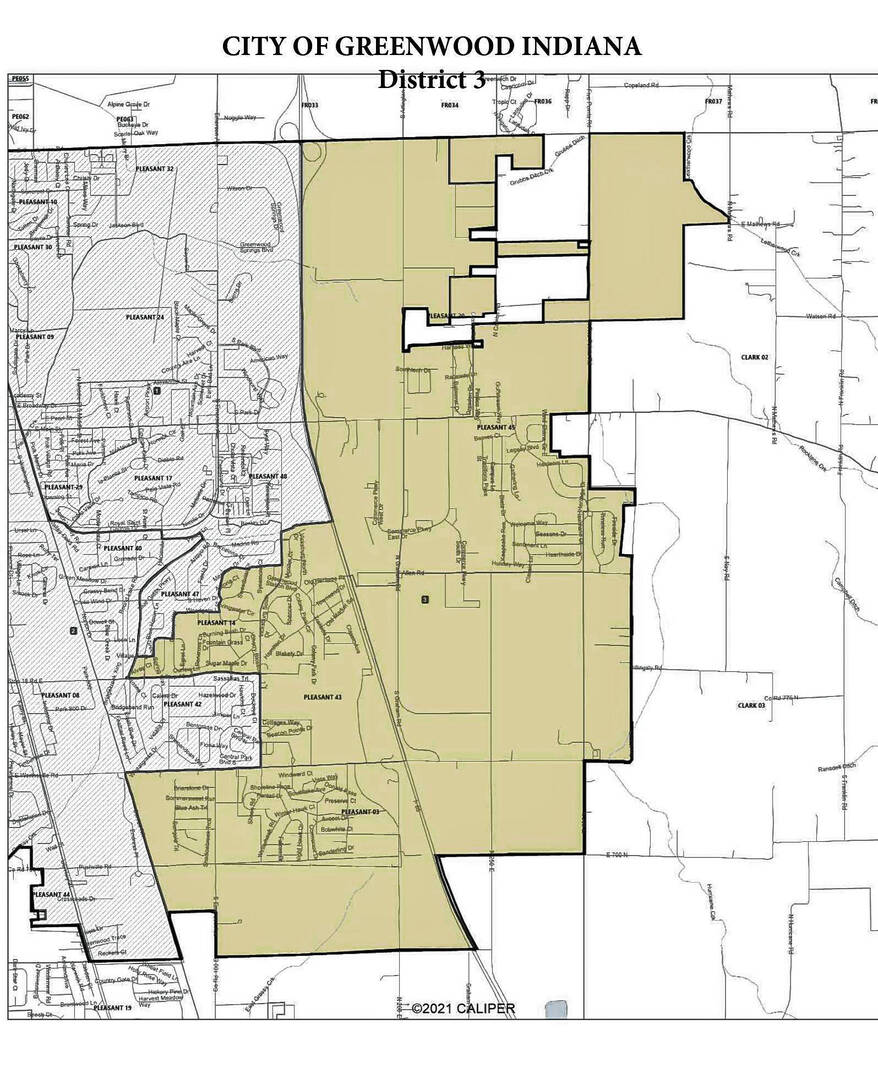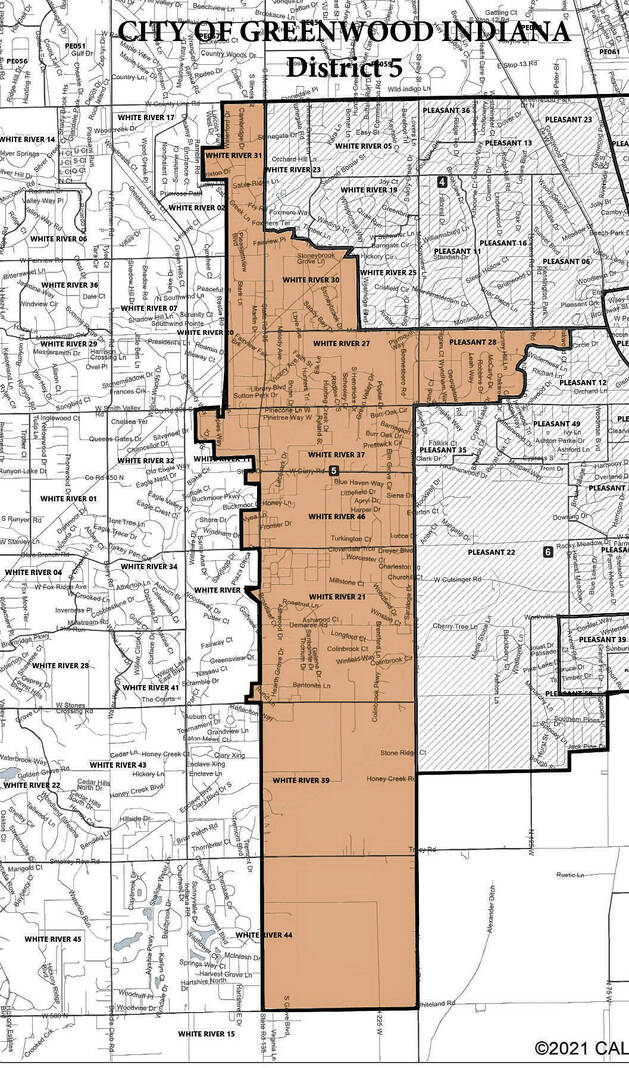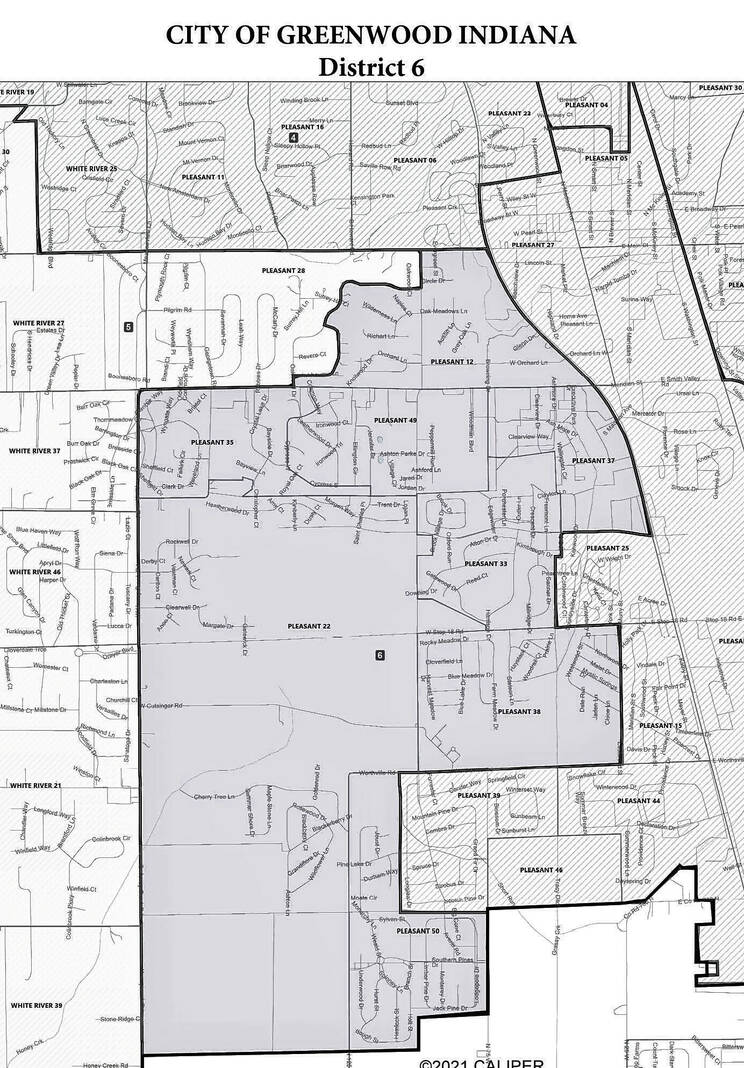The Greenwood City Council OK’d a $64.4 million budget for 2023, new council districts and a new school safety grant program on Monday.
Council members voted unanimously to approve tax rates, department appropriation and salaries for appointed officers and employees for the city, along with issuing bonds to provide funds to pay for certain capital expenses. However, the council voted 8-1 to approve the salaries for the city clerk, city judge, mayor and city council.
Council member Brad Pendleton voted against approving the salaries for the city clerk, city judge and mayor. Council member Ron Bates voted against approving the salaries for city council members.
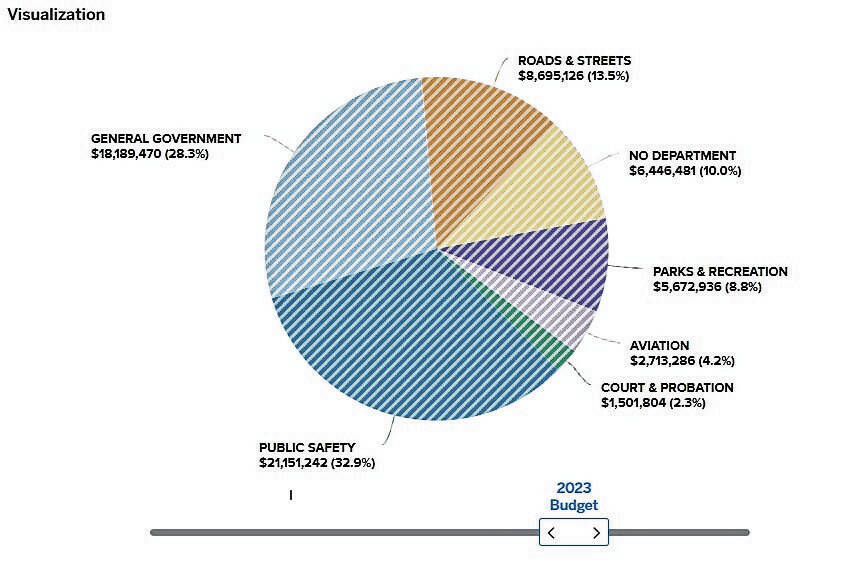
The 2023 proposed budget was introduced during the course of two city council meetings in September. The bulk of the budget — about $62 million — is the city’s operating budget.
The city is expecting nearly $63 million in revenue in 2023. There will not be a tax increase in this year’s budget, continuing a years-long trend.
The largest chunk of the 2023 budget would be spent on public safety. More than $21.1 million, or 32.9%, of the city’s proposed budget will be spent on public safety.
Six new full-time firefighting positions would be added to the fire department, which would allow the city to fully staff fire apparatus with four firefighters per truck for the first time, the budget shows.
The police department would add three new full-time officers as part of the 2023 proposed budget, bringing the total number of patrol officers to 63, city documents show. City officials wanted to add more, but right now the department doesn’t have the manpower to train more officers. That’s because the department is losing several officers to retirement at the end of this year, Mayor Mark Myers said earlier this month.
Officials also plan to give a 7% pay increase to merit police officers and merit firefighters to bring their pay up to comparable rates from other surrounding agencies. Across the board, all full-time employees and elected officials would receive a 5% cost of living increase, the budget shows.
The pay increases for public safety and fire staff increases are made possible by an extra $2 million in taxes the city is expected to get from Johnson County’s Economic Development Income Tax, the budget shows. The tax, which the Johnson County Council levied to help pay for road infrastructure, went into effect on Oct. 1. Though the county levied the tax, cities and towns also gain new revenue from it.
Other highlights of the 2023 proposed budget include a new position in several departments, along with capital improvements and investments. Greenwood’s proposed budget also accounts for inflation. For the 2022 budget, officials estimated about $4 a gallon for gas. For the 2023 proposed budget, officials have bumped up the estimate to as much as $6 a gallon for gas, Myers said.
New council districts
Also on Monday, the city council voted 8-1 to approve new district maps for the council’s six numbered districts. The maps were being reworked ahead of next year’s municipal election to reflect changes in population from the 2020 census.
Greenwood’s population grew to 63,830 in 2020, an increase of 14,039 people from the 2010 census. The city did not grow evenly among all districts, for example, at the start of the redistricting process, District 1 had 8,548 people, while District 3 had 12,592 people, according to city documents.
Each of the numbered districts should have an ideal population size of 10,638, as determined by the city’s 2020 Census population. Under the proposed maps, the districts are nearly equal to this number, city documents show.
The city hired Indianapolis law firm Kroger Gardis Regas, LLP to help officials through the redistricting process for the council’s six districts. Under the new map, the total deviation is 5.15%, city documents show. Only a map from city council president Mike Campbell was submitted in the redistricting process.
Bates was the only council member to vote against the new maps and did so on both readings. During a meeting on Oct. 3, he expressed concerns about how other council members were not able to be involved in the process. He also objected that all of the maps Campbell considered were not submitted for the council to review.
Earlier this year, the city council voted to make Campbell the redistricting coordinator. Kroger Gardis Regas created several options for Campbell to choose from and Campbell thought this one was best for citizens, Brian Bosma, an attorney from Kroger Gardis Regas, told the city council last month.
When Bates asked to see the other maps, he was denied because the maps weren’t public record. They were only presented for the coordinator to choose from, Bosma said.
Bates was also concerned about changes to his district, District 4. In the past, his district did not cross U.S. 31, but it does on the new map.
School safety grants
The city council also approved a $1 million school safety grant program using funds from the American Rescue Plan Act, or ARPA, on Monday.
Council members unanimously voted to create the program to create grants for the city’s three public school districts — Center Grove, Clark-Pleasant and Greenwood.
The $1 million in ARPA funds will be equally divided between the three school districts. Each district will be reimbursed up to $333,000 in security costs for items like cameras, system upgrades and physical security structures. It cannot be used for soft costs like salaries, according to city officials.
As a condition of the grant program, the districts will be required to bring the city a plan explaining how they’re using the money. City officials will look at the plan to make sure that the costs are reimbursable, Myers said.
On Monday, Bates questioned why only public school districts could apply for the program.
Myers said he agrees that nobody should be left out, but it’s a matter of finding funding for additional requests.
“It goes on a per capita basis for the number of students in that system, and nobody’s come back to us with that yet,” Myers said. “… If they come to us with a project, and they present a project to us that we feel is fundable, we will come to you with further requests. I don’t know if it’ll be through ARPA funding, if we have more left, or if it comes to your city funding. Right now, we wanted to address the three largest school systems that had the most amount of students.”


